Help with laying down vegetable/flower garden bed
scorpiouno
11 years ago
Featured Answer
Comments (94)
scorpiouno
11 years agolast modified: 9 years agoscorpiouno
11 years agolast modified: 9 years agoRelated Professionals
Middle Island Landscape Architects & Landscape Designers · Roxbury Crossing Landscape Architects & Landscape Designers · Allentown Landscape Contractors · Arden-Arcade Landscape Contractors · Cambridge Landscape Contractors · Lemoore Landscape Contractors · Maywood Landscape Contractors · Uxbridge Landscape Contractors · Markham Landscape Contractors · Greenfield Landscape Contractors · Alexandria Decks, Patios & Outdoor Enclosures · Bellevue Decks, Patios & Outdoor Enclosures · Mebane Decks, Patios & Outdoor Enclosures · Bakersfield Swimming Pool Builders · Cypress Swimming Pool Builderswhitecap2
11 years agolast modified: 9 years agoscorpiouno
11 years agolast modified: 9 years agoscorpiouno
11 years agolast modified: 9 years agowhitecap2
11 years agolast modified: 9 years agoYardvaark
11 years agolast modified: 9 years agokarinl
11 years agolast modified: 9 years agoscorpiouno
11 years agolast modified: 9 years agoreyesuela
11 years agolast modified: 9 years agoYardvaark
11 years agolast modified: 9 years agowhitecap2
11 years agolast modified: 9 years agoscorpiouno
11 years agolast modified: 9 years agonatal
11 years agolast modified: 9 years agoscorpiouno
11 years agolast modified: 9 years agoscorpiouno
11 years agolast modified: 9 years agoscorpiouno
11 years agolast modified: 9 years agokarinl
11 years agolast modified: 9 years agoBrad Edwards
11 years agolast modified: 9 years agoBrad Edwards
11 years agolast modified: 9 years agoBrad Edwards
11 years agolast modified: 9 years agomelvalena
11 years agolast modified: 9 years agoscorpiouno
11 years agolast modified: 9 years agowhitecap2
11 years agolast modified: 9 years agonatal
11 years agolast modified: 9 years agoscorpiouno
11 years agolast modified: 9 years agomelvalena
11 years agolast modified: 9 years agoBrad Edwards
11 years agolast modified: 9 years agoBrad Edwards
11 years agolast modified: 9 years agoscorpiouno
11 years agolast modified: 9 years agoscorpiouno
11 years agolast modified: 9 years agoscorpiouno
11 years agolast modified: 9 years agomelvalena
11 years agolast modified: 9 years agoreyesuela
11 years agolast modified: 9 years agonatal
11 years agolast modified: 9 years agoYardvaark
11 years agolast modified: 9 years agonatal
11 years agolast modified: 9 years agotanowicki
11 years agolast modified: 9 years agoscorpiouno
11 years agolast modified: 9 years agonatal
11 years agolast modified: 9 years agoscorpiouno
11 years agolast modified: 9 years agonatal
11 years agolast modified: 9 years agoscorpiouno
11 years agolast modified: 9 years agoscorpiouno
11 years agolast modified: 9 years agoscorpiouno
11 years agolast modified: 9 years agoscorpiouno
11 years agolast modified: 9 years agokarinl
11 years agolast modified: 9 years agoYardvaark
11 years agolast modified: 9 years agoscorpiouno
11 years agolast modified: 9 years agoYardvaark
11 years agolast modified: 9 years ago
Related Stories

GARDENING GUIDESVegetables and Flowers Mix in Beautiful Edible Gardens
Ornamentals, meet your edible garden mates. We know you'll get along just beautifully
Full Story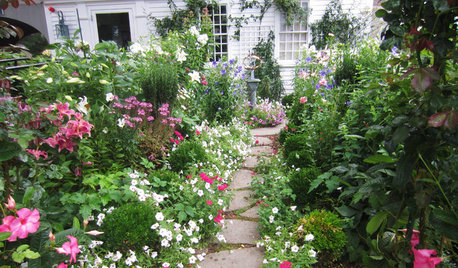
GARDENING AND LANDSCAPINGLay of the Landscape: Cottage Garden Style
Informal and vibrant, cottage gardens charm with their billowy abundance. These tips help you bring the look to your own landscape
Full Story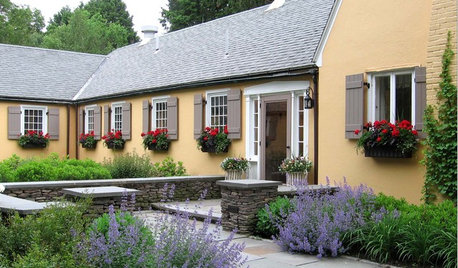
LANDSCAPE DESIGNLay of the Landscape: French Garden Style
Symmetry and geometry define this decorous landscape style, appropriate for both grand gardens and intimate spaces
Full Story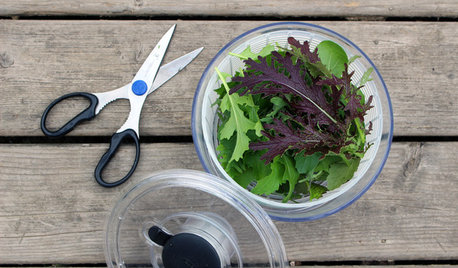
FARM YOUR YARDThe 8 Tools That Help Bring the Farm to Your Table
Vegetable gardeners get a big assist from these essential helpers
Full Story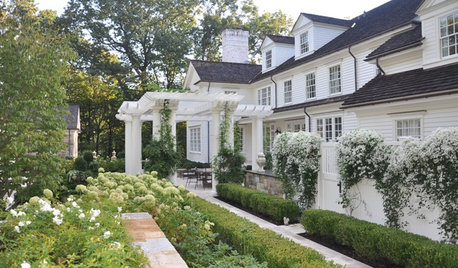
GARDENING GUIDESLay of the Landscape: Theme Gardens
Whether you're a collector, a romantic or a kid at heart, here's how to create a garden that reflects your unique interests
Full Story
FARM YOUR YARDAdvice on Canyon Farming From L.A.'s Vegetable Whisperer
See how a screened garden house and raised beds help an edible garden in a Los Angeles canyon thrive
Full Story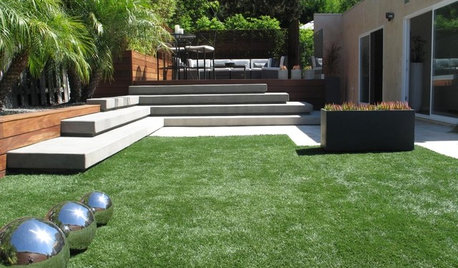
GARDENING AND LANDSCAPINGLay of the Landscape: Modern Garden Style
Bold, graphic design elements create a sense of calmness in the garden to match the serenity of contemporary homes
Full Story
MOST POPULARHow to Start a Cool-Season Vegetable Garden
Late summer and late winter are good times to plan and plant cool-season crops like salad greens, spinach, beets, carrots and peas
Full Story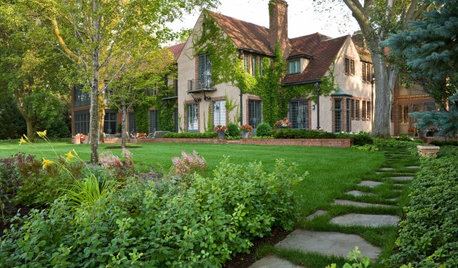
GARDENING GUIDESLay of the Landscape: English-Style Gardens
Stately and formal meet natural and romantic in English-inspired landscapes
Full Story
PETS6 Ways to Help Your Dog and Landscape Play Nicely Together
Keep your prized plantings intact and your dog happy too, with this wisdom from an expert gardener and dog guardian
Full StoryMore Discussions






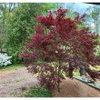



Yardvaark